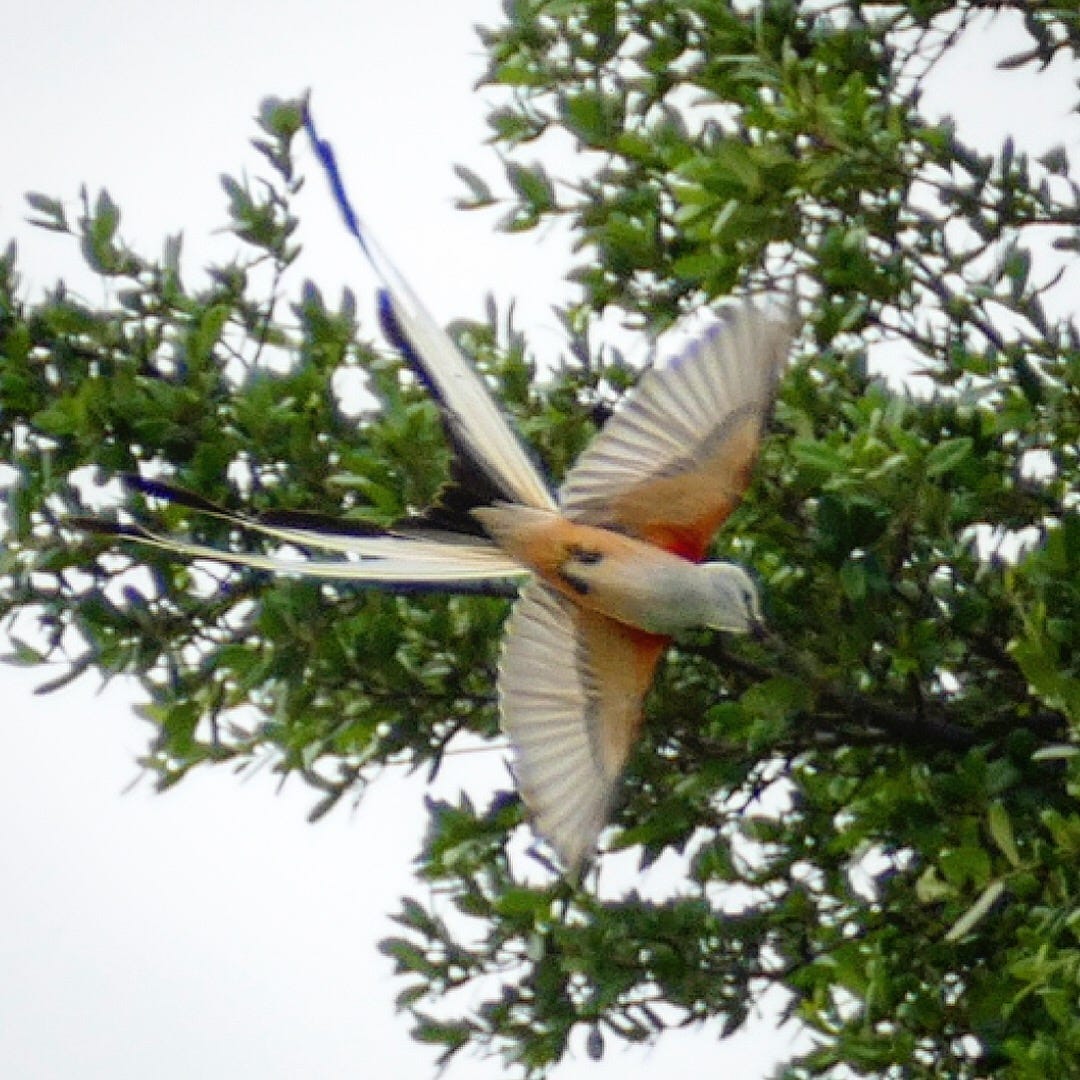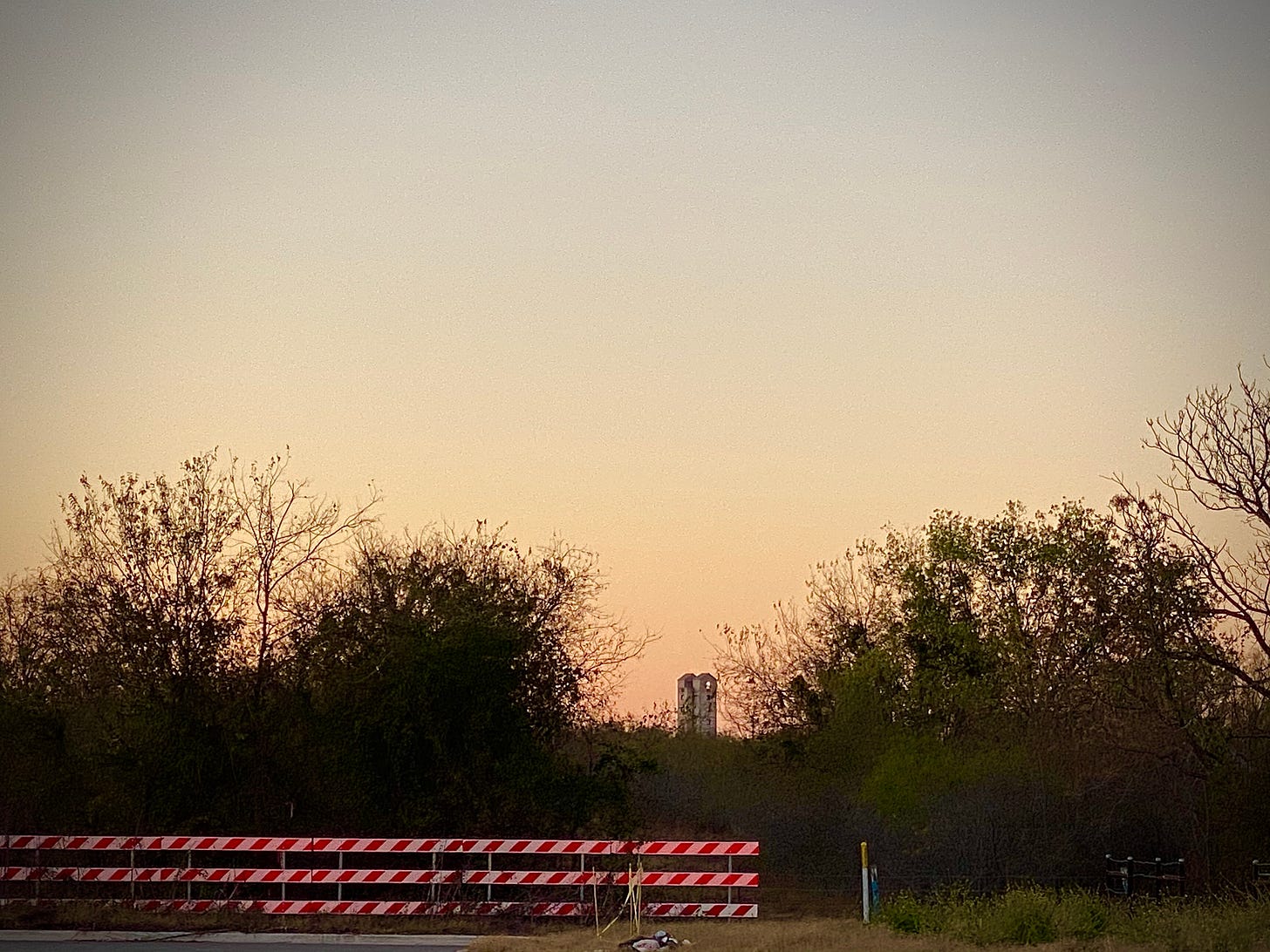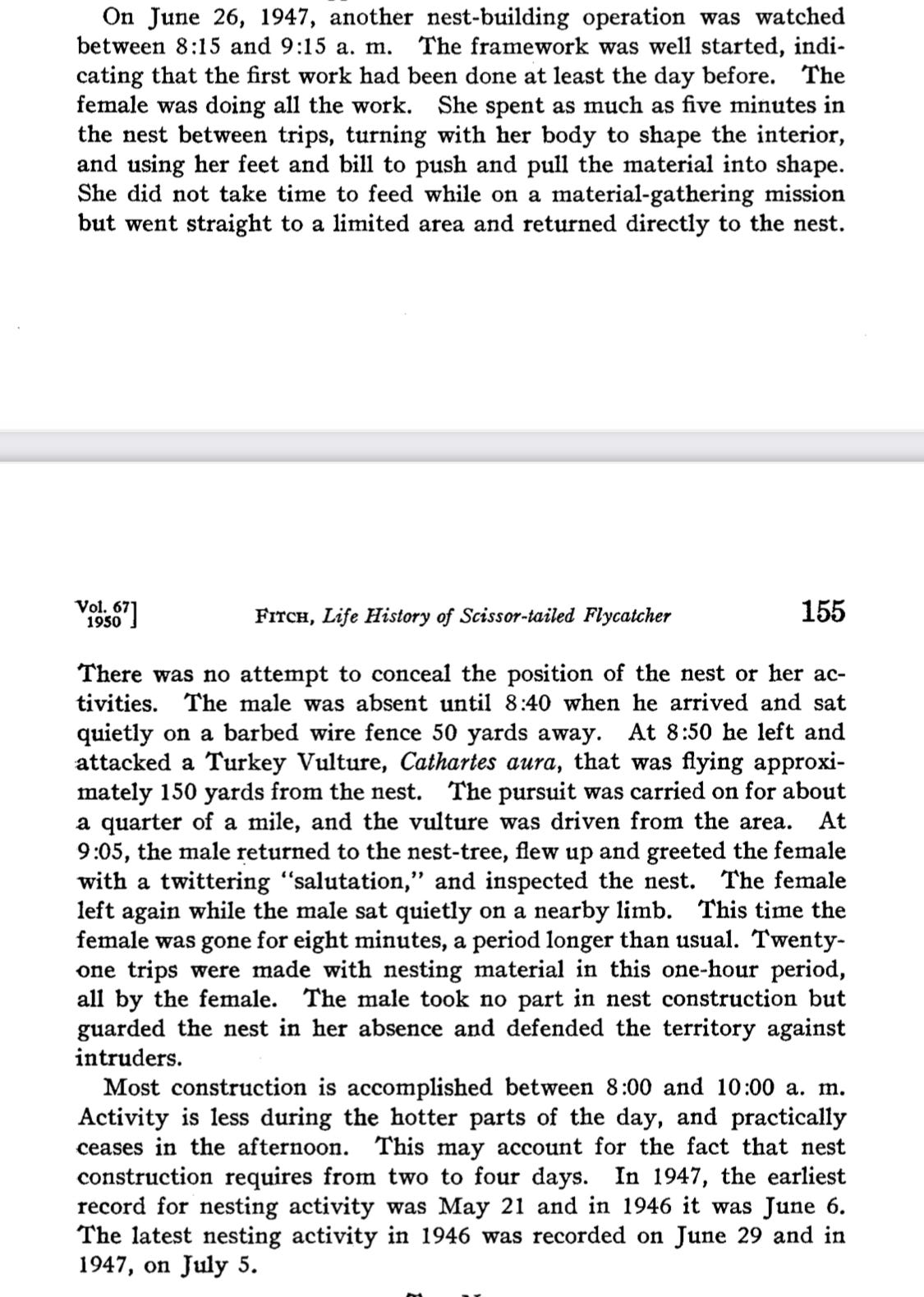Under the Tesla moon
Monday morning I woke around 3 a.m. to the first full moon of winter shining down on me as it worked its way down toward dawn. Our little Teletubby bunker functions a bit like a sundial, with peaked windows that pull the arc of the sky and all of its activity into our rooms, which is cool in the way it connects you to the outside, even when it makes you feel like the Moonwatcher from 2001, the anxious hominid who stays up all night in the cave watching for predators and signals from alien intelligences.
Sunday night had also brought our first hard freeze of the season, a cold that came in after a few days of much-needed rain, and something about the crispness of the clear sky that night made the moon shine brighter, almost unnaturally so, with the blue-white light of an LED. A portent of the kind of week I already knew it was going to be, the moon the city makes on Monday, the day named after our cratered satellite but that is now ruled by Capital. So I got up and walked to the old trailer where I work in our front yard. The heater had conked out in the night, and it wasn’t much warmer in there than the 27° outside, but thanks to the supplemental space heater and a cup of hot coffee I managed to bang out a robust word count on the work-in-progress before getting after a week of billable hours.
I had an early morning call, and waited until after that to walk the dogs, a quick one out on the street. And as we worked our way past a construction site, one of the neighborhood ospreys was banking over the old diner, hunting high above the urban river down below, a reminder that daily work to find your food is what nature has planned for you, even if you work inside the ape hive.
Later in the week near the same spot I came upon this dashboard totem conveying a similar message, in the shadow of the razorwire that protects the industrial sites on our street from the thieves who have long been displaced.
Monday morning’s moon for some reason made me think of the Tesla factory under construction downriver. Maybe it was the news I had read that, in addition to Cybertrucks, they now plan to build batteries, something that has required them to file an air permit with the state environmental commission. Don’t worry, Elon Musk is smiling.
I thought I might even canoe down there to investigate from the river, but the week didn’t give me time for that. This was a week of momentary, serendipitous glimpses of magnificent urban birds. The hawk I have reported on the last couple of weeks has been spending a lot of time in our yard, and remains pretty tolerant of my presence when I catch it lurking on the bare branches of the bois d’arc or on the low wire that carries the high-speed data over the old ferry road, looking for afternoon snacks among the mammals of the field.
Wednesday morning I was cutting through the complex of World War Two Quonset huts that had been repurposed as Texas gastropubs, drone startups and art studios until the lockdown, and in the bright blue sky I saw fourteen migrating white pelicans, loitering over the river like they were thinking about coming here and staying a while.
It’s been six or seven years since we last had pelicans around here. The first time I saw them was on another winter morning in 2012 or 2013, as I was walking around outside our house, and caught a crazy vision of what looked to be a hundred white objects gently falling over the treeline, folding and unfolding like crazy claymation snowflakes. It took a minute before I realized what they were, and then for the next several weeks we would see them down there on the Colorado. They came back the next season, but then stopped, around the same time as the development started to accelerate around here. I don’t know where they come from, or where they’re going, but they are awesome birds to see in the heart of the city, especially when the flocks get big.
Friday afternoon around 4:30 I had finally gotten enough done for the week to take a break to run an errand, and so I went to return a package. One of the “benefits” of living near the airport is that all the big air shippers have their main logistics hubs close by. FedEx used to be on a high hill above Walnut Creek, on a street the developers wishfully named Techni Center Boulevard, only to find the area never evolved beyond warehouses, high-mileage auto lots, and a 7-Eleven where the other day some dude attacked a customer with a machete, as reported by this corporate trailcam video outtake I found buried in the metro section of Thursday’s paper:
Sometime during lockdown, FedEx wisely cleared out of there, maybe because the upgrading of the nearby highway into a toll road was cutting into their margins. So Friday I drove over the river and past Onion Creek to the intersection of Industry Lane and Distribution Drive.
After I dropped my package inside, I stepped out onto the mostly empty parking lot at the very edge of the developed part of the metroplex, an area that until recently was mostly old ranches and back streets of little hand-built houses that look like the set of the Robert Rodriguez remake of Mad Max, and is now being scraped to make room for your stuff. The last light of the day was shining, and I saw a group of scissor-tailed flycatchers there over the brush just past the parking lot, a bird you can never miss in flight once you have seen it, with its namesake tails like Johnny Depp ailerons evolved to chase flying bugs through the air.
They alighted there on the power line, five of them, and the orange of their bellies picked up the orange of the setting sun. An affirming reminder that there are still enough fat bugs around to sustain the population of a bird that can nest in just about any damn tree the bulldozers will spare.
Here’s what a flycatcher looks like if you are lucky enough to see one up close in flight. I took this shot by a big live oak along the side of the same highway three years ago.
These frontage road quetzals always put me in a good mood, partly because of their intrinsic beauty, and partly because I associate them with my son, having seen my first pair while dropping him off at school and having him tell me what they were.
I looked to the western sky, and saw the old fire tower my wife and I visited on our first date, on another winter evening eleven years ago. We had dinner that night at a French brasserie in the last old house left standing in a neighborhood now dominated by an oxygen tank yard, an auto parts warehouse, and a motor oil jobber, and then went looking for scenes of the urban uncanny we had been discussing over dessert. It was the nadir of the Financial Crisis, and we found an abandoned model unit of a downtown condo being repurposed as trailer home on an old road along the river. Then we went to the fire tower behind the emergency responders training academy, with its obstacle course and firing range. It was a crazy windy night, and when we got out of the car to investigate we found ourselves at the edge of a cliff, staring into a dark abyss, wondering what was out there.
Friday evening as I stood down the road from there, I looked at the setting sun and realized that I was looking at the remains of a Cretaceous volcano, one my son and I had once come looking for when he was a grade school dinosaur nerd. The only one around here, from when this region was the floor of a shallow coastal sea. You wouldn’t know it from looking at it, more like a pimple on the Earth than a mountain, but just noticeable enough that they call it Pilot Knob, no doubt because it served as an important landmark for navigation when that highway was a trail through unsettled territory.
Back there behind the FedEx hub you could see the abyss we had looked out over that night, the deep cut where the water flows off the Knob. Cottonmouth Creek, they call it, and you can bet there are still some water moccasins down in there. This zone was once the beach that formed around the base of the volcano, and the ground is made from the remains of Cretaceous shellfish mixed with volcanic ash. Where those DHL cargo planes lumber in now, pterosaurs once flew.
Down at the end of the street I caught the last moment of sun as it came down over the Knob, backlighting the steel pylons of another distribution hub under construction. It was weirdly beautiful, even as it made me think of the transgressed burial grounds of Western movies. We are all Jeremiah Johnson, explorers who realize too late that we are really trespassers. And sometimes I wonder why the flycatchers don’t attack us the way they do the raptors who invade their breeding grounds.
Tuff Enuff
Friday night’s sighting there above the tuff got me reading up on flycatchers. I was trying to find something about just how they evolved those amazing tailfeathers. Instead, I found myself reading a remarkable journal of field observations of the birds around Texas in the years immediately following World War Two: Frank Williams Fitch, Jr., “Life History and Ecology of the Scissor-Tailed Flycatcher, Muscivora Forficata,” in The Auk: A Quarterly Journal of Ornithology, April 1950, Vo. 67 No. 2.
Fitch comprehensively details what was known at the time about the birds’ migratory patterns, breeding, and territoriality, managing to convey a taciturn affection for the creatures through a series of surveillance notes that read like Mark Trail meets Dragnet, reminding me of the FBI and private detective files I have occasionally had to read for work over the years:
Fitch evidences the adaptability and resilience of the flycatchers without really acknowledging it, noting their willingness to nest in the scrubbiest trees and their regular use of string, cloth and other human trash to do so. But what’s most striking is the casual way in which, over the course of the article, he conveys the abundance of these birds in those years, not just in Texas, but around the country.
For more on Austin’s most awesomely underwhelming volcano in whose shadow I spotted those flycatchers, the Wikipedia entry is a pretty good starting point, and this Austin American-Statesman piece from 2016 by Lucia Benavides does a fun job dialing up the “Land that Time Forgot” aspects of our antediluvian exurbia. They are getting ready to develop it into new subdivisions, so if you’re local and want to check it out, take a drive down Dee Gabriel Collins Road before winter’s over.
Christmas came early for me this week, when the mailman brought this edgeland-ready blade from Lost Planet Forge in my hometown of Des Moines. Yes, the postindustrial handle is made from an old circuit board. It was sent to me by my buddy Steve, an 80s punk turned construction litigator who can play country guitar better than any Bakersfield show-off and is also the friend I called to check on my brother’s welfare last year on the polar vortex night when we ultimately learned he had died of a stroke.
This knife was hand-forged in the same building where my brother had his studio, in a workshop named after a spot on the Raccoon River where dumped lime from the water works turned the woods behind our neighborhood into a zone of alien wonder. My brother also named one of his best paintings after it, as I wrote about here in April, and I will treasure this tool.
Speaking of forges and uncanny outdoor sites, kudos to my brother-in-law Troy DeFrates, head of the Welding Technology department at Austin Community College, for enlisting his students to build Austin’s own entry in monolith mania 2020.
If you’re looking for a nature-related popcorn movie, check out my thread on last weekend’s “research” screening of Razorback, the latest in a string of Australian movies from the 70s and 80s I have been watching that used pulp drama to tell truths about our damaged relationship with the environment. Who knew a grindhouse B about a killer pig the size of a rhino could be so good.
If you are the sort whose idea of foraging includes fresh discoveries in bookstores, or if you are an author, editor, or bookseller, you may be interested in this piece in Saturday’s Wall Street Journal about the changes underway at Barnes & Noble—most notably the ceding of control over book buying to local stores. It will be interesting to see how this shakes up the diversity of what’s on the shelves, and if authors lucky enough to be published by one of the Big Five will find it less certain their new books are there.
For those who made it to the end, here’s a pair of our neighborhood coyotes in the woods behind the door factory next door Tuesday night, showing off the thickening coats and frisky energy of early Texas winter. It’s pretty awesome when you can start to recognize distinct individuals among your wild neighbors, even as you worry about what the future holds for their habitat.
Have a warm and safe week.















Thanks, Chris. A pleasure, as always, to read your observations of our unfolding dystopia, and one of my favorite birds. If you are hunting for igneous rocks for your edgeland sweat lodge (easily constructed from bent saplings and a large tarp), the fields off Lava Hill Road on Pilot Knob are a good place to look. I had heard that St Ed’s U sits on an extinct volcano also. I had assumed the natural hot springs that supply Big Stacy Pool are somehow connected to that.
I love your beautiful discussion on birds! Thanks.